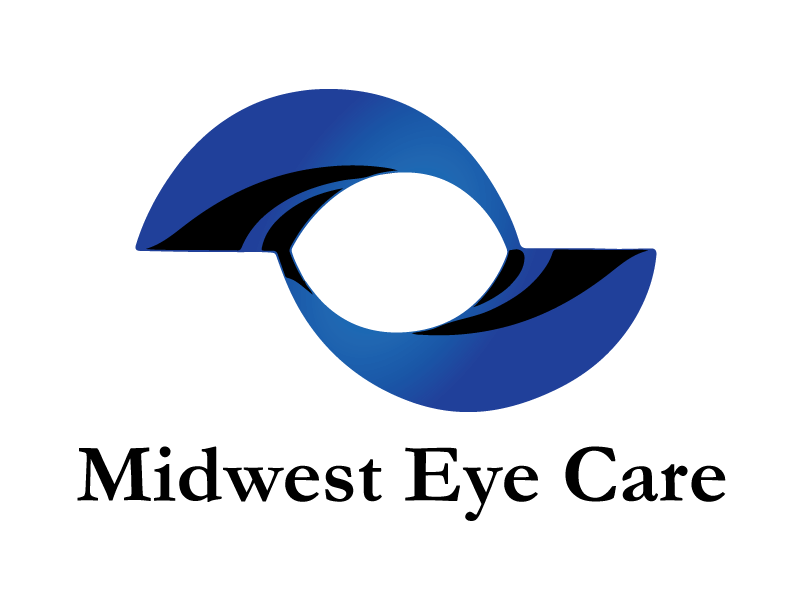The retina is one of the most delicate structures in our body, and retina surgery requires fine precision. The following retina surgeries are performed by Midwest Eye Care surgeons:
Pars Plana Vitrectomy
A pars plana vitrectomy is technically any surgery that involves the removal of vitreous from the back of the eye. In reality, though, a vitrectomy is typically more complicated than removing and replacing vitreous.
Patients undergoing a vitrectomy are typically sedated to a where they are relaxed but able to answer questions and remain still. The eye is numbed by an anesthetic injection so that the patient does not feel the surgical procedure. The surgeon typically inserts a light pipe into the eye so he can visualize the back of the eye, and then he uses a second access point to insert microsurgical equipment to remove vitreous, inject vitreous substitute, and repair the retina as needed.
A common vitrectomy procedure is to remove blood in the vitreous from leaking blood vessels caused by diabetic retinopathy, retinal vein occlusions or trauma. The natural vitreous is replaced with a man-made vitreous substitute, and eventually the eye will produce new vitreous to replace the vitreous substitute that is lost through the normal functioning of the eye.
Epi-retinal membrane peel
As part of the aging process, the vitreous substance in the back of our eyes will begin to aggregate into clumps and shapes that we often see as floaters. Vitreous is attached to the retina at the back of the eye, but may pull away as a posterior vitreous detachment (PVD) that causes damage to the retina. PVDs, as well as other eye conditions, may cause the cellophane-like material of the retina to wrinkle or ‘pucker.’ When a macular pucker occurs, a patient’s vision is often blurred or simply made worse.
PVDs can also cause a tear in the retina, which is often referred to as a macular hole. Macular holes can also occur from eye disorders, such as high myopia (nearsightedness), a progression from a macular pucker, retinal detachment, diabetic retinopathy, and an injury to the eye.
A surgical procedure called an epi-retinal membrane peel is performed to correct macular puckers and macular holes. The surgeon typically inserts a light pipe into the eye so he can visualize the back of the eye, and then he uses a second access point to insert microsurgical equipment to delicately flatten out the macular pucker or repair the macular hole. If the vitreous contains visually significant blood or opaque floaters that are obscuring vision, then the surgeon will also remove a portion or all of the vitreous and replace it with vitreous substitute. The surgeon may also inject a gas bubble if he needs to flatten the retina against the back of the eye.
Scleral buckle
Scleral buckle surgery is one option for treating a retinal detachment. A scleral buckle is a band made out of silicone sponge, rubber or hard plastic. It is sewed into place around the outside of the eye. If you visualize the eye as a football, with the ends of the football point to the left and right (towards your nose and ear), the buckle is wrapped around each end and the top of bottom of the of the football. After surgery, the buckle is not visible to you, and it generally will not be removed.
The scleral buckle is tightened around the eye, which helps push the retina back onto the wall of the eye, and may force the vitreous sitting between the retina and the wall of the eye to move back to the portion of the eye where the rest of the vitreous is held. If the vitreous is still behind the retina after the buckle is put in place, then the surgeon will perform a vitrectomy to release the vitreous.
A scleral buckle is often accompanied by a laser procedure (cryotherapy or photocoagulation) that is used to attach the retina back to the wall of the eye. The scleral buckle releases the tension on the retina but does not make the retina stick to the wall of the eye, so the laser procedure may bee needed. The surgeon may also inject a gas bubble if he needs to flatten the retina against the back of the eye.
If the retinal detachment in an area where the scleral buckle will not be effective, then a vitrectomy procedure may be performed.

